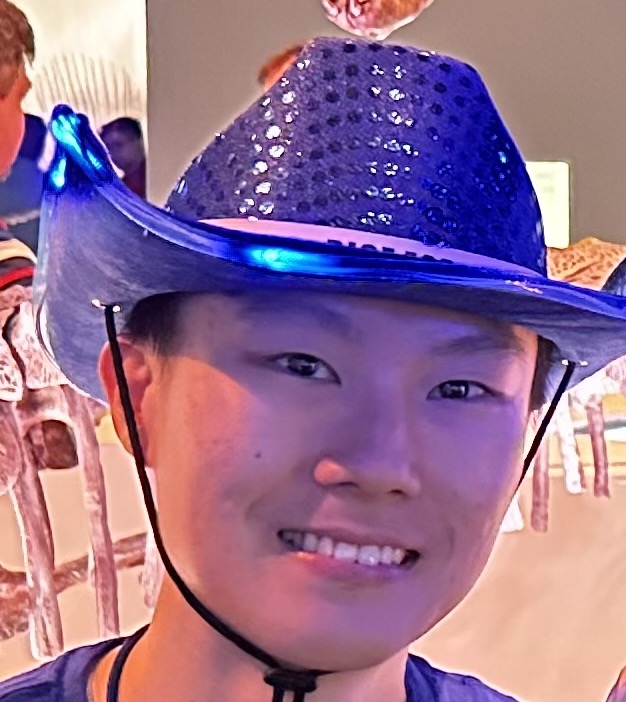Notes on Outlive by Peter Attia. Part I: Healthspan, the Four Horsemen, and Medicine 1.0, 2.0 and 3.0
Healthspan is different from lifespan
Outlive is a book that aims to provide readers with information to delay or prevent these conditions so we can live longer without disease, rather than with disease. Instead of promoting a diet, lifestyle, or supplement, Peter aims to teach readers how to think about longevity. More specifically, improving healthspan (how well we live) instead of lifespan (how long we live). This is an important distinction because one can live long but live with a low quality of life due to disability and disease.
The majority of us will succumb to one of the four horsemen
Peter starts by identifying the main causes of death, the four horsemen, namely heart disease (atherosclerosis), cancer, neurodegenerative disease, and type 2 diabetes and related metabolic dysfunction. He argues that modern medicine does not have the right philosophy to treat the four horsemen, because it concentrates on treating acute illnesses, not chronic diseases/disease processes. The good news is that these are the product of multiple risk factors cumulating/compounding over time and many risk factors are relatively easy to reduce or even eliminate.
Medicine 1.0, 2.0, and 3.0
Peter separates the progress of medicine into three stages to help understand how medicine evolved/is evolving.
1.0: Conclusions based on observation
Examples of these include the observation that “food contains good medicine” or advocating for walking as exercise. The major contribution was that diseases are caused by nature and not by the actions of gods. Interestingly, much of medical research nowadays is still stuck in Medicine 1.0 - finding correlations between observations, but now quantitatively with statistics.
2.0: Illnesses were caused by “bad air”
Triggered by the advent of the germ theory of disease. In this period, medicine improved sanity practices and developed antibiotics. This motivated technologies such as the microscope. As a result, medicine was able to eradicate deadly diseases such as polio, smallpox, HIV, and aids through biotechnologies such as vaccines. However, these are ineffective against long-term diseases like cancer. Interestingly, the improvement of longevity saturates after sanitation and antibiotics. Furthermore, these have been bolstered by the advent of randomized clinical trials, which allows for rigorous testing of these hypotheses over a particular demographic. However, we cannot tackle four horsemen with 2.0 RCTs in our lifetime, because these diseases take decades to develop.
3.0: Personalized medicine
In Medicine 3.0, the goal is to create personalized models to prevent illness, representing a philosophical shift in attitude to risk assessment. The trajectory that yields the best outcome is not necessarily the trajectory that yields an improvement immediately (the “do no harm” mantra). Medicine 3.0 involves extrapolation and is an important shift to improve healthspan. With the rapid advancement in digital health technologies, we are on the cusp of shifting to Medicine 3.0. We are now able to learn high dimensional, causal, and highly nonlinear relationships between patients, data, and outcomes using advanced algorithms. However, Peter argues that Medicine 3.0 is about mindset instead of technology. Modern medicine is still rooted in tradition and there exists conflict with a culture of resistance to change and innovation. In order to truly embrace Medicine 3.0, we must change minds.
Healthspan is cognitive, physical, and emotional
While numbers from a blood test is indicative of healthspan, there are three vectors of decline that provide a more “everyday” measure. Cognitive decline indicates the loss of memories and mental skill. Physical decline indicates the loss of physical function to enjoy and perform every day tasks. Emotional decline indicates the loss of life satisfaction and happiness. This can happen at all stages in life. The important tactics to prevent deterioration of these three areas in Medicine 3.0 include exercise, nutrition, sleep, emotional health, exogenous molecules (drugs, hormones, molecules). Exercise is by far the most potent tactic.
It is imporssible to run RCTs for a century, so we need to use a multi-modal approach to healthspan
While we think of RCTs as evidence based medicine, it will take a gargantuous effort to do this for the four horsemen. Instead, Peter argues that we should use a multi-model approach, synthesizing information from sources including observational studies from centrarians, animal studies, human studies, molecular and mechanistic insights derived from studying aging, and medelian randomlization. Although these modalities do not demonstrate perfect causal relationships between interventions and outcomes, they provide a grainy picture of what works and what doesn’t. By far the most interesting modality is mendelian randomization, which uses nature’s intrinsic randomization of variation in genes to interrogate the causal effect of an exposure on an outcome.
